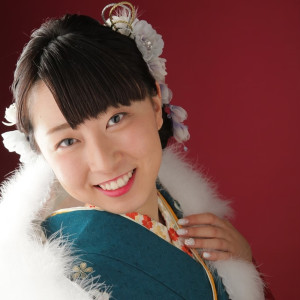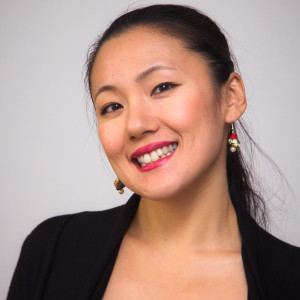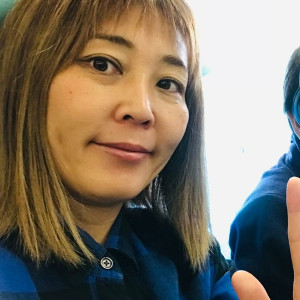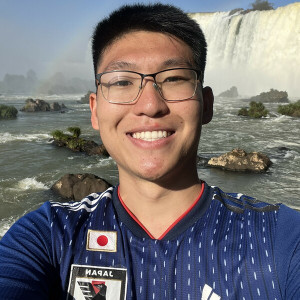Sections
Japanese culture is among the most fascinating in the world and it's hardly surprising why.
With samurai, martial arts, manga, etc, there are countless fascinating rituals and customs that make up traditional and modern Japanese life.
The Japanese government has also done a lot to ensure that the West is familiar with Japanese culture through the “Cool Japan” campaign. Among all the folklore and tradition in Japan, geishas have fascinated the Western world and remain a mystery to many outside of Japan.
Being a geisha was an official profession in Japan in the 18th century and in this article, we’re going to look at exactly what it entails, the discipline, the clothing, and the famed tea ceremony.
Far too often, geishas are thought of as Japanese prostitutes, so we’re here to lift the veil on the myths surrounding this traditional Japanese vocation.

What is a Geisha?
Most Westerners think of a geisha as a pretty Japanese woman in white makeup, wearing a kimono, and having intimate encounters with Japanese men. In fact, a geisha is often much more than that and the latter point is often wrong!
The term geisha literally means “person of art” or “artist”.
While it’s true that geishas often wear a wig and extravagant kimonos, this is because their job is to entertain male clients through a variety of different art forms, including:
- Playing the shamisen, a three-stringed instrument.
- Types of traditional Japanese dance
- Calligraphy
- Kabuki theatre
- Playing the tsutsumi, a small drum placed on the shoulder or between the legs.
- The tea ceremony (Chanoyu).
- Floral arrangements (Ikebana).
In short, the Japanese geisha is an entertainer.
It takes years of training to become a geisha, and when the decision is made, the girl or woman will move to an okiya or geisha house.
Inside an okiya, you will find managers, women known as okasan or mothers, surrounded by 5 or 6 geishas, and future geishas (maiko).

The Birth of Geishas in Medieval Japan
Although geishas have been part of Japanese culture for centuries, the rules and roles have evolved over time.
Would you believe that the first geisha were actually men?
Until the 1700s, men worked as taikomochi, who entertained and advised feudal lords and hosted tea ceremonies.
Female geisha were originally assistants to the oiran, high-class, expensive courtesans who resided in major cities like Tokyo (then called Edo) and Kyoto. Over time, patrons began spending more time with geishas than the expensive courtesans, and by the early 1800s the role of geisha was occupied predominantly by women.
The artistic aspect of being a geisha was celebrated all over Japan.
We don't become geisha because we want our lives to be happy; we become geisha because we have no choice. Memoirs of a Geisha
Geishas became increasingly popular in tea rooms and ryokan (traditional hostels), creating an industry between entertainment and pleasure.
The Japanese government quickly set up rules for authorised sexual acts. Thus, geishas were not allowed to offer sexual services, this was reserved for prostitutes.
Although some geishas might have had intimate relations with their clients, this is certainly not a requirement to be a geisha.
Geishas were under strict rules, like having to live in a particular neighbourhood, called a hanamachi or kagai. While these neighbourhoods were initially frequented by both geishas and prostitutes (yujos), they quickly became the exclusive homes of those in the traditional clothing and makeup.
If you'd like to learn more about Japanese culture, why not check out our article on Japanese weapons?
The Golden Age of the Geisha: The 19th and 20th Centuries
The golden age of geishas was from the 19th century until the start of the Second World War.
There were thousands of these poised and sophisticated entertainers from Kanazawa to Asakusa. The Meiji government promoted the profession and each tea room or house was regularly frequented by samurai who were fans of the geishas.
Thus, the industry became hugely profitable. So much so that prestigious guests were often in attendance and a geisha could earn the equivalent of tens of thousands of Rand for her okiya.
The geishas, during this period of prosperity, were considered as fashionable purveyors of Japanese traditions as well as being at the forefront of fashion through their hairstyles (often in buns) and their outfits, which often consisted of a hakama or a Japanese style tunic.
By the start of the 20th century, the geishas were inspired by the western world as they discovered it. However, due to the opposition from many traditional geishas, this style didn’t last.
The golden age of geishas ended with the start of World War II. In fact, in 1944, the Japanese government closed the geisha neighbourhoods in favour of serving the war effort by making them work in factories.
The next year, after the end of the war, the neighbourhoods reopened.
This when a new type of geisha emerged; the onsen geisha, women free to look for work themselves in the areas near the Japanese hot springs (onsen). They were closer to prostitutes than traditional geishas, looking for work from American soldiers.
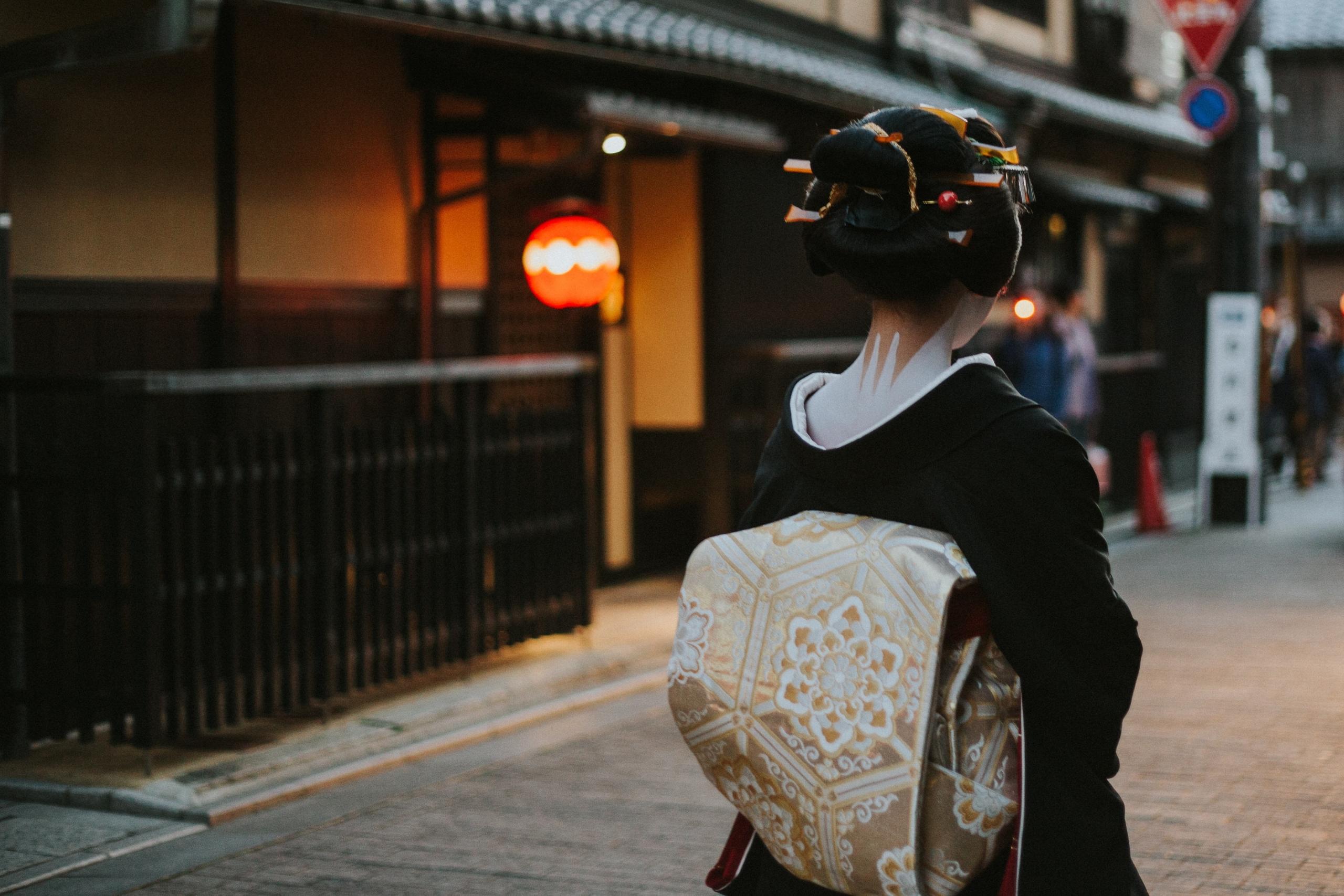
In 1957, prostitution in Japan was made illegal, and people began to distinguish between geishas and prostitution. Furthermore, young girls had to be in education until they were 16 (and 18 in Tokyo). Thus, the number of geishas decreased as there were fewer ways to get into it.
Geishas in Modern Japan
Geishas still exist in Japan but in far fewer numbers than in the past.
In reality, being a geisha isn’t as popular as it was in the past because:
- It’s simply not as lucrative as it once was.
- Young girls in Japan have more choices than they did in the past.
- A genuine geisha kimono can cost around R114 901 making it quite inaccessible.
In 1965, the Kyoto dento gigei shinko zaidan or the “Kyoto Foundation for the Development of Traditional Arts and Music” only had 65 apprentices. Ten years later, it had dropped to 28.
By the 1990s, the number of geishas increased to 60 in Kyoto.
There has also been a recent increase in interest for geishas with over 100 apprentices in Kyoto in 2008.
The Future of Geishas
Being a geisha has changed a lot during the 21st century.
The rituals are still there but their meaning has changed.
For example, the mizuage ritual, which meant a geisha had lost her virginity, is now a ceremony that judges a maiko wishing to become a geisha, allowing her to change her collar from red to white.
Similarly, while the haircuts are the same, geishas can now wear wigs. In fact, this type of hairstyle pulled on a geisha’s hair, meaning that they would end their careers almost bald.
It’s easy to understand why this has changed!
Today, many young Japanese girls dress up as geishas. If you head to Harajuku in Tokyo, you’ll probably run into geisha cosplayers. Of course, if you want to see a real geisha, you'd have to go to Kyoto.
There are around 200 geishas still practising the art and keeping the cultural heritage of Japan alive.
Now you should know a little more about geishas, the history, rituals, and their profession. If you want to learn more about Japan, we recommend reading our other articles on Japan or getting a Japanese private tutor! For example, you could learn more about Japanese sumo wrestling.
There are three distinct types of private tutorial on offer for Japanese students: face-to-face tutorials, online tutorials, and group tutorials. Each type is different in terms of learning styles and cost, so what may be right for one student may not be right for another.
Face-to-face tutorials involve just a single student and tutor and will include a bespoke programme or course that's being taught to the student. However, you will be getting a tailored service which is very cost-effective.
Online tutorials also involve one student with a tutor but the two aren't physically in the same place. Thanks to the internet, you can be taught Japanese online via webcam. With fewer travel costs and the ability to schedule more tutorials each week, the tutor doesn't need to charge as much for their tutorials.
Group tutorials are more like the classes you would've had in school with one teacher and multiple students. With each student footing the bill, the cost per student per hour tends to be less than the other two types of tutorial.
Don't forget that a most tutors on Superprof offer the first session for free, so why not start your exploration into Japanese culture and traditions today?






